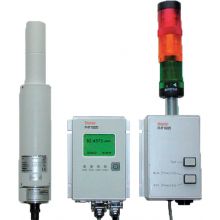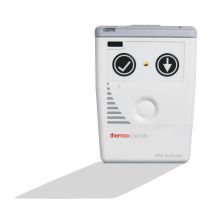What is a safe level of radiation exposure?
It is difficult to give a simple answer to this question. Instead let us share some general information on radiation doses and guidelines, which we think will give you a better understanding of the somewhat complex issue of radiation exposure.
First of all, it should be noted that we are all exposed to radiation every day of our lives. Some radiation exposure does us no harm. However, when the radiation dose exceeds certain levels. Then it could pose a health risk.
Measuring Radiation
In Australia the unit of measurement normally used to express radiation dose is the Sievert. It is typically recorded in mSv (milli-Sieverts or 1/1000th of a Sievert) or µSv (micro-Sieverts 1/1000000th of a Sievert)
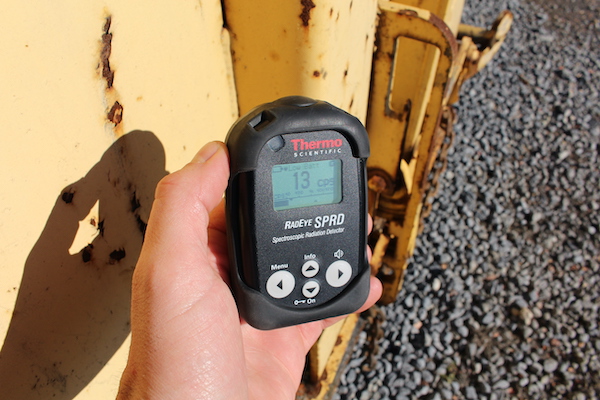
Stipulated Annual Limit
The annual limit for radiation exposure for a member of the public is 1 mSv per annum or 1000 µSv per annum. If you are designated a radiation worker then you can receive up to twenty times this. I.e. 20 mSv per annum.
Where does the radiation come from?
Mention radiation and most people immediately think of nuclear power plant, or nuclear accidents. But there are many natural sources of radiation that we are all exposed to every day.
Ambient levels of background radiation in Australia will vary between 0.05 µSv/hr to around 0.2 µSv/hr, some places can be even higher than this. These levels are typically found at ground level and away from any significant radiation source.
Keep in mind that many minerals may have small levels of radiation in them, so things such as granite and concrete may contribute to the higher 0.2 µSv/hr value.
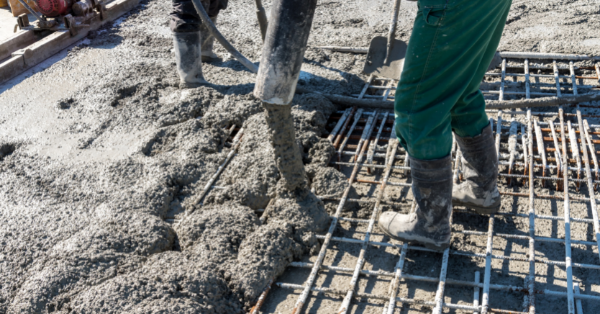
Cosmic radiation, the radiation coming from space and the Sun also has an influence. So, often you’ll find lower radiation levels inside than outside. For example, the radiation dose at around 10,000 metres is around 0.25 µSv/hr, so every time you fly you are exposed to slightly higher radiation levels than you would be on the ground.
What does 1 mSv per annum look like in practical terms?
Let’s take a look at someone’s radiation exposure at home and in the office, they would typically be receiving around 0. 1 µSv/hr. If we assume that this is constant over the year then their annual radiation dose would be:
0.1x 24 hours x 365 days. or (0.1 x 24) x 365 = 876 µSv per annum (or 0.876 mSv/yr)
These values come in under the annual recommended dose limit of 1 mSv/yr.
However, if you factor in 20 hours of air travel then this would rise by (0.25-0.1) x 20 = 3 µSv (which is almost nothing).
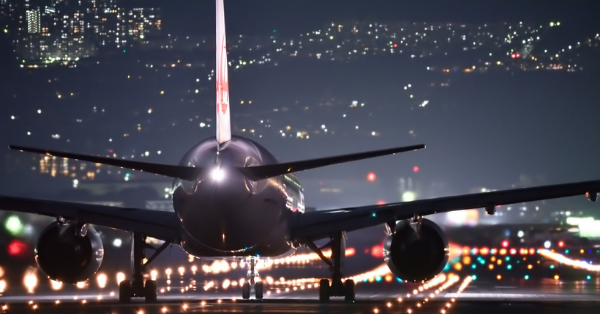
Now of course it’s not a good idea to receive your total annual radiation dose in a short time period. Some medical treatments such as X-rays and CT scans willexposee you to higher levels, which cause you to exceed the annual dose limit guideline.
However, keep in mind that 20 mSv per annum is the guideline for any radiation worker and this is still considered a very safe level.
For most of us, this is the most radiation we will ever be exposed to.
ADM Nuclear Technologies’ expertise is in instrumentation to measure and monitor radiation exposure. Not only do we sell radiation detection equipment of all shapes and sizes, including radiation detection badges (TLD badges) and large drive-through (portal) radiation detectors for trucks, but we also service, calibrate and repair these devices.
IS THIS INFORMATION USEFUL?
If so, why not share it with your peers and colleagues? Simply click on the blue LinkedIn share icon below.


